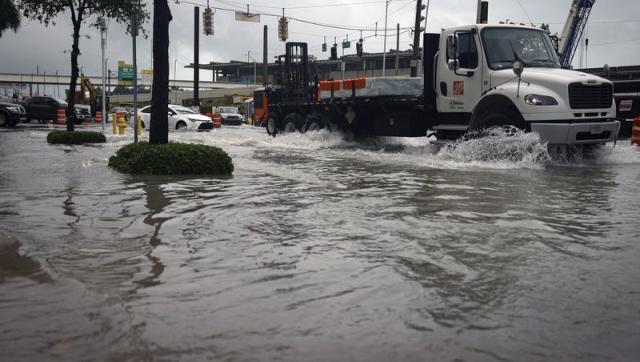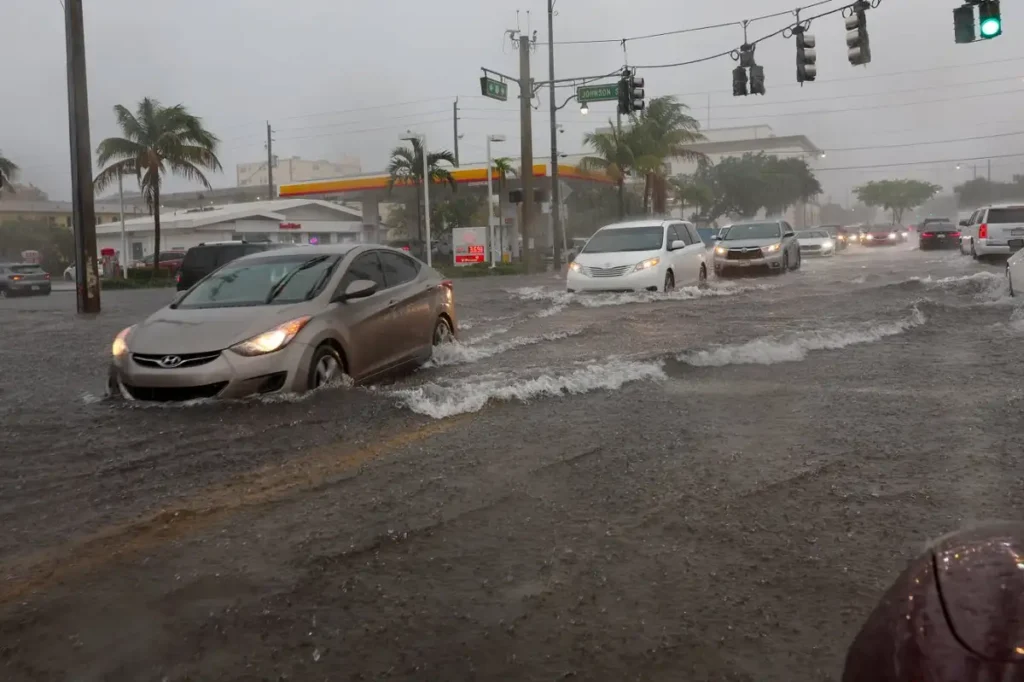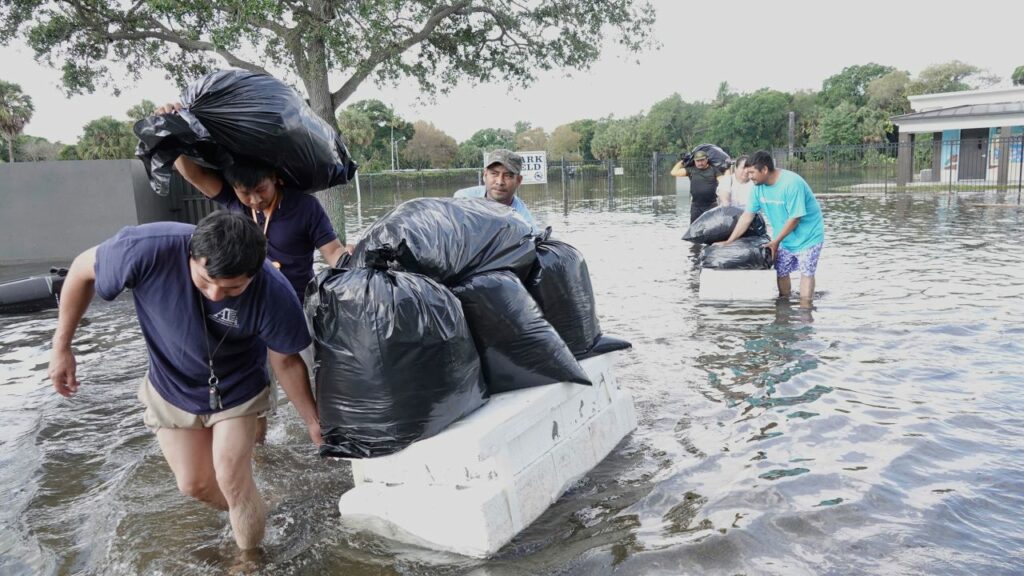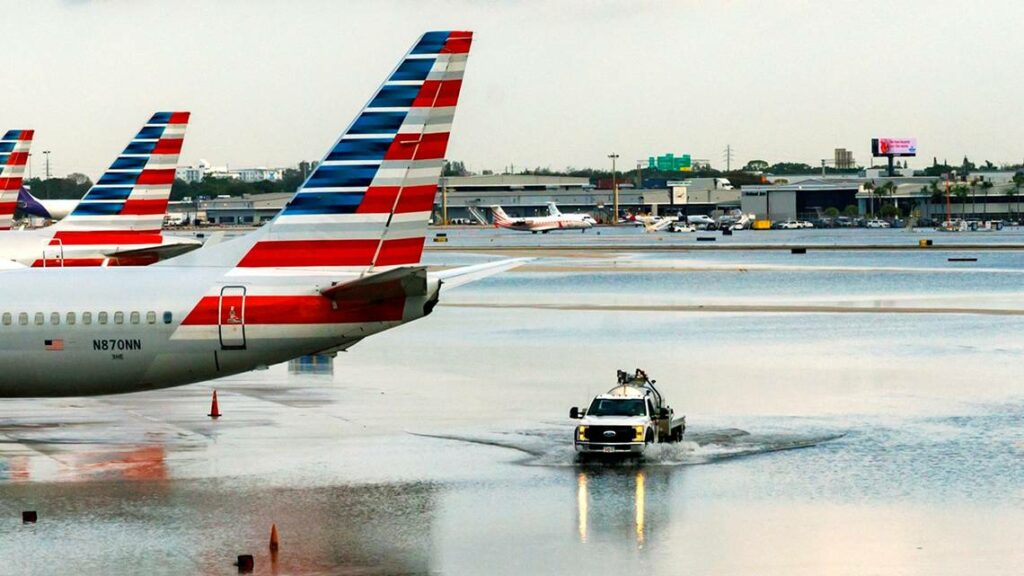Breaking News
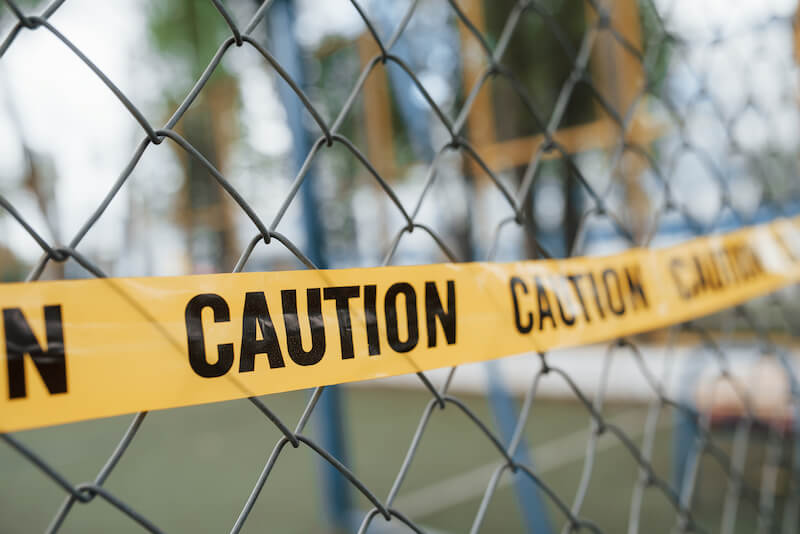
Popular News






Enter your email address below and subscribe to our newsletter
We hold your privacy highly, this is the only reason we will use your email address. Cancel anytime.
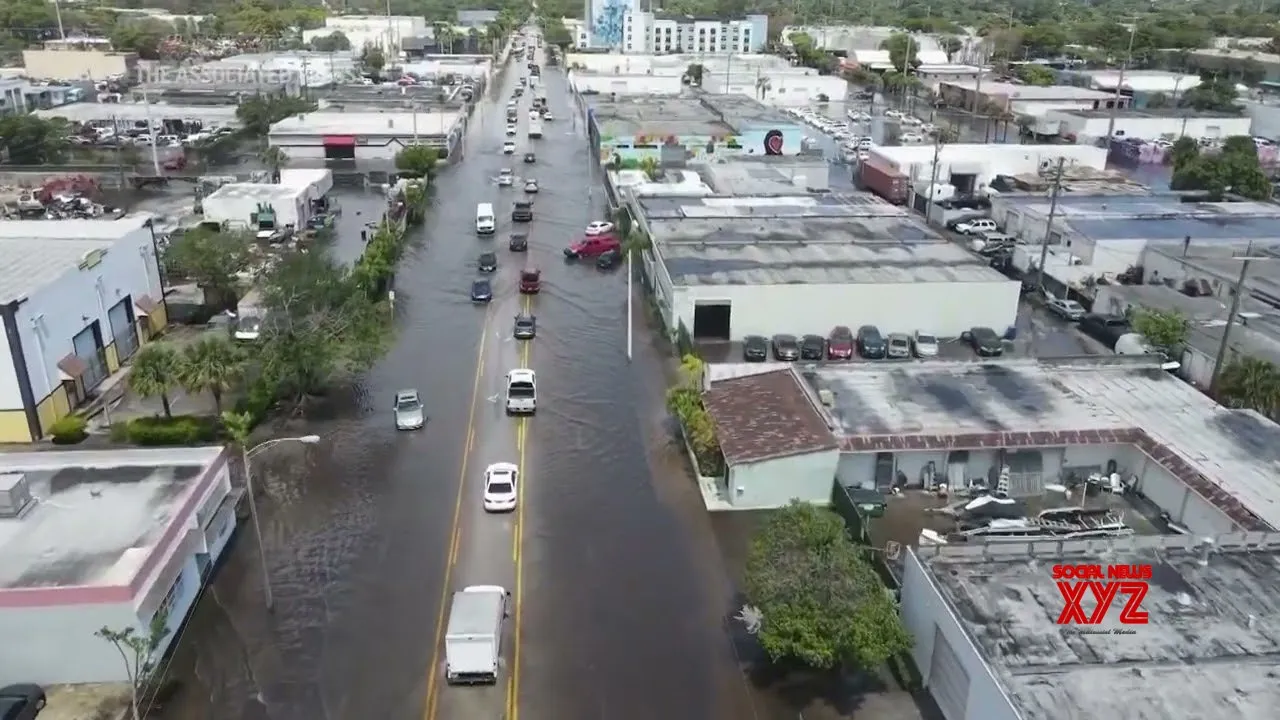
Crews remain extremely busy cleaning up after a week of historic rainfall that has left Fort Lauderdale grappling with significant damage. The aftermath of the deluge is evident all around the city, with waterlogged roads and abandoned vehicles resembling scenes from a disaster movie.
With even more rain falling last night, cleanup crews have been working tirelessly to clear the roadways and mitigate the impact of the flooding. Broward Blvd, one of the city’s main thoroughfares, has been particularly hard hit, with water levels reaching alarming heights. In response, the city has deployed upwards of 10 pumping trucks to lower the water levels and restore normalcy to the area.
The sight on Broward Blvd is surreal, resembling something out of a movie set depicting a post-apocalyptic world. Abandoned vehicles, debris, and flashing street lights create an eerie atmosphere, underscoring the severity of the situation. The scale of the damage caused by the massive rainfall is extensive, and it will take time and effort to fully assess and address the aftermath.
Residents and local businesses are grappling with the challenges brought about by the flooding, including property damage, disrupted transportation, and potential health and safety concerns. The city officials and emergency response teams are working diligently to provide support and assistance to those affected and to restore normalcy as quickly as possible.
As Fort Lauderdale continues to recover from the impact of the historic rainfall, it serves as a stark reminder of the increasing frequency and severity of extreme weather events that can disrupt communities and cities worldwide. The need for proactive measures to address climate change and its impacts is becoming more urgent than ever.
In conclusion, the recent heavy rainfall in Fort Lauderdale has caused significant damage, with the city grappling to recover from the aftermath. The sight of abandoned vehicles, flooded roads, and disrupted services is a stark reminder of the challenges posed by extreme weather events. As communities and cities face the increasing impacts of climate change, it is crucial to prioritize proactive measures to build resilience and mitigate the risks associated with such events.
